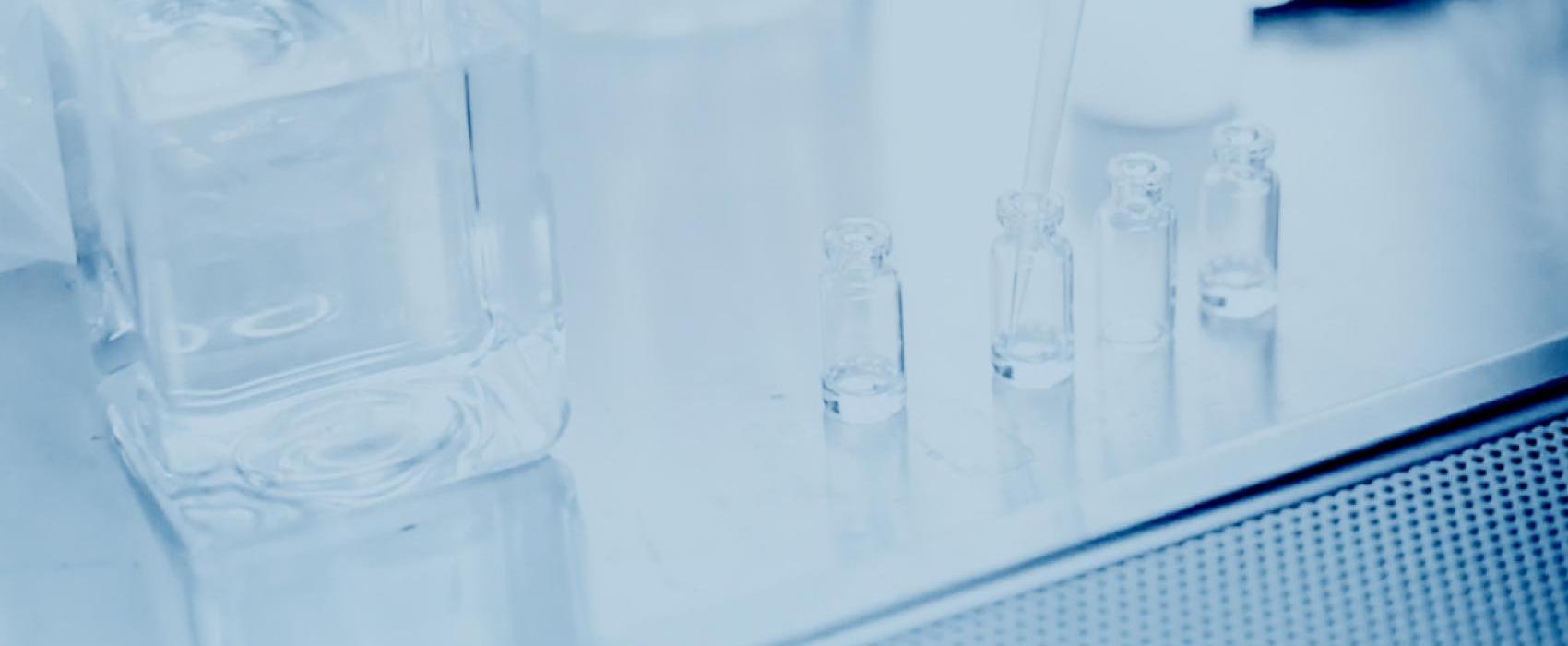A new MHRP study shows the eclipse phase between HIV infection and earliest diagnosis via RNA testing lasted about a week, based on molecular dating and viral load growth rates obtained from one of its acute infection cohorts. The results were published this week in PLOS Pathogens.
“Individuals living with HIV rarely know when they became infected, but precise infection timing would provide critical information for epidemiological studies, for example, those that aim to document transmission networks or drug levels at infection,” said Dr. Morgane Rolland, Chief of Viral Genetics and Systems Serology with MHRP.
Precisely defining the eclipse phase has been difficult because newly infected individuals often do not experience symptoms, thus remaining undiagnosed for potentially long periods, and research cohorts typically collect samples too infrequently to accurately home in on the date of infection. According to Rolland, “this study provides a strategy that can be used to elucidate the origin of an infection. The methods we developed could not have been validated without this cohort.”
The new study leveraged the unique RV217 prospective acute infection cohort. The MHRP viral sequencing team, led by Dr. Sodsai Tovanabutra, sequenced more than 1,200 HIV-1 genomes from early infection. The ambitious RV217 study, led by Dr. Merlin Robb, began in 2009 and prospectively followed a group of high-risk volunteers in East Africa and Thailand, tracking HIV status and characterizing progression through the acute stages of HIV infection. Most importantly, the RV217 study design restricted the plausible window of infection due to twice-weekly HIV RNA tests. Volunteers were enrolled before they became infected, and when they were diagnosed, researchers were able to capture samples from the earliest days of HIV infection, before these individuals developed antibodies against HIV.
